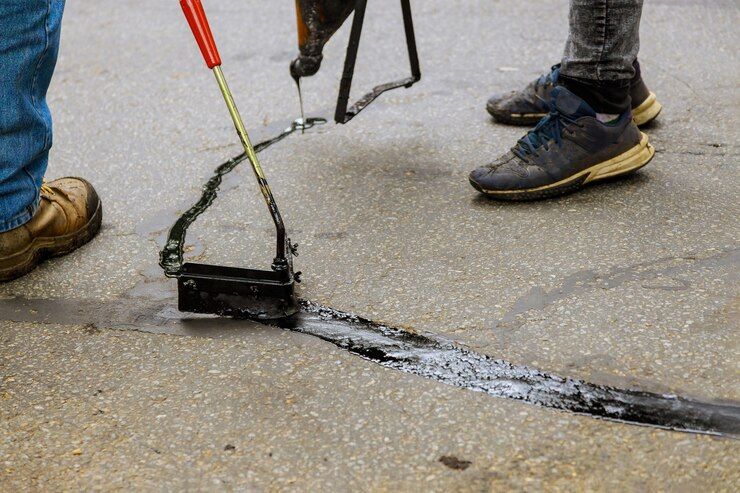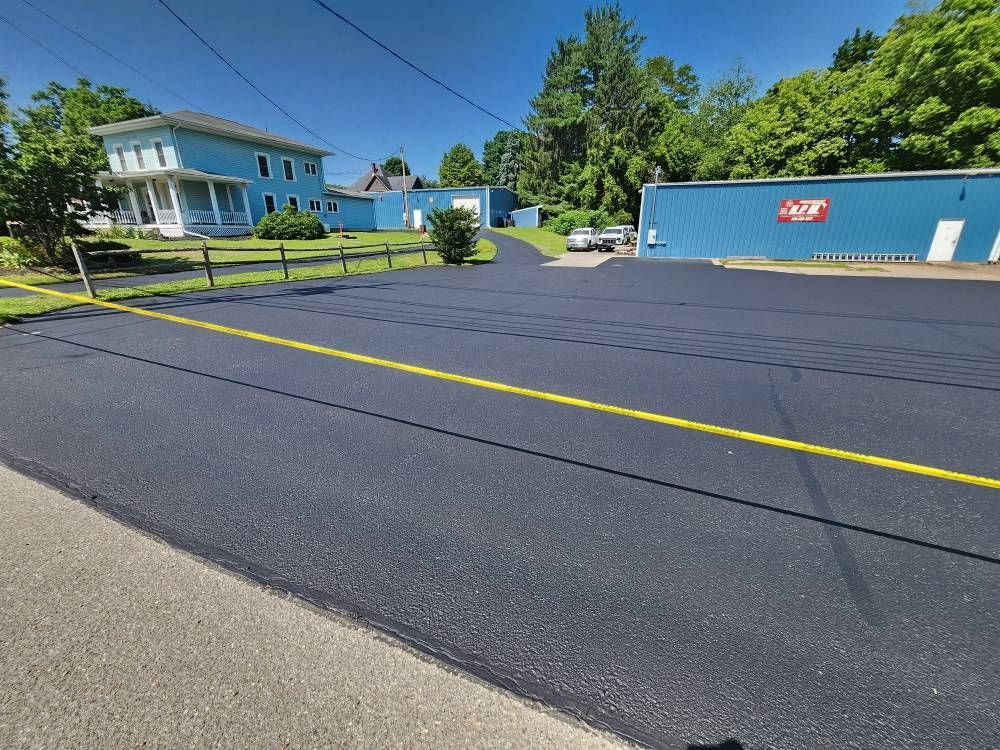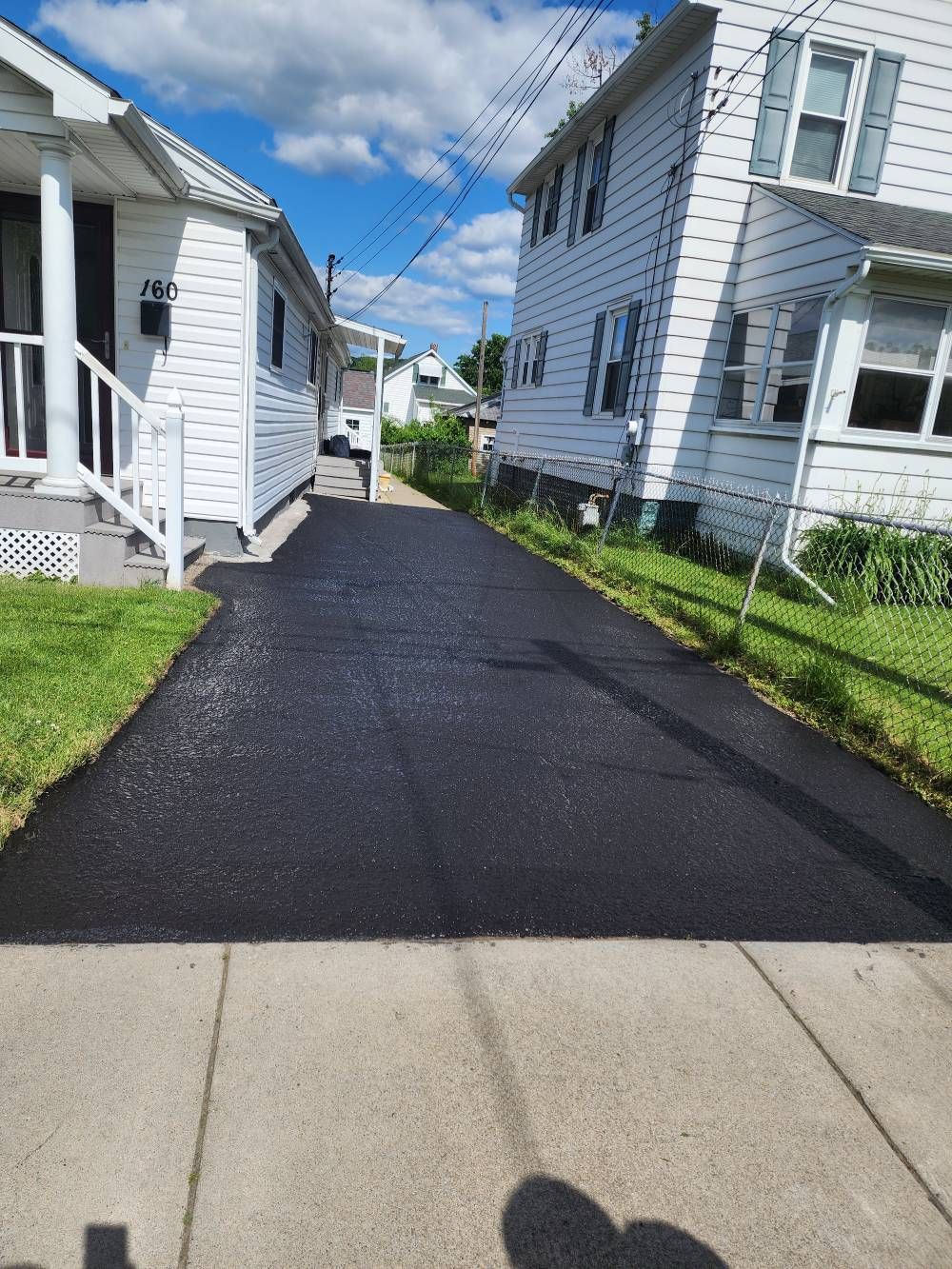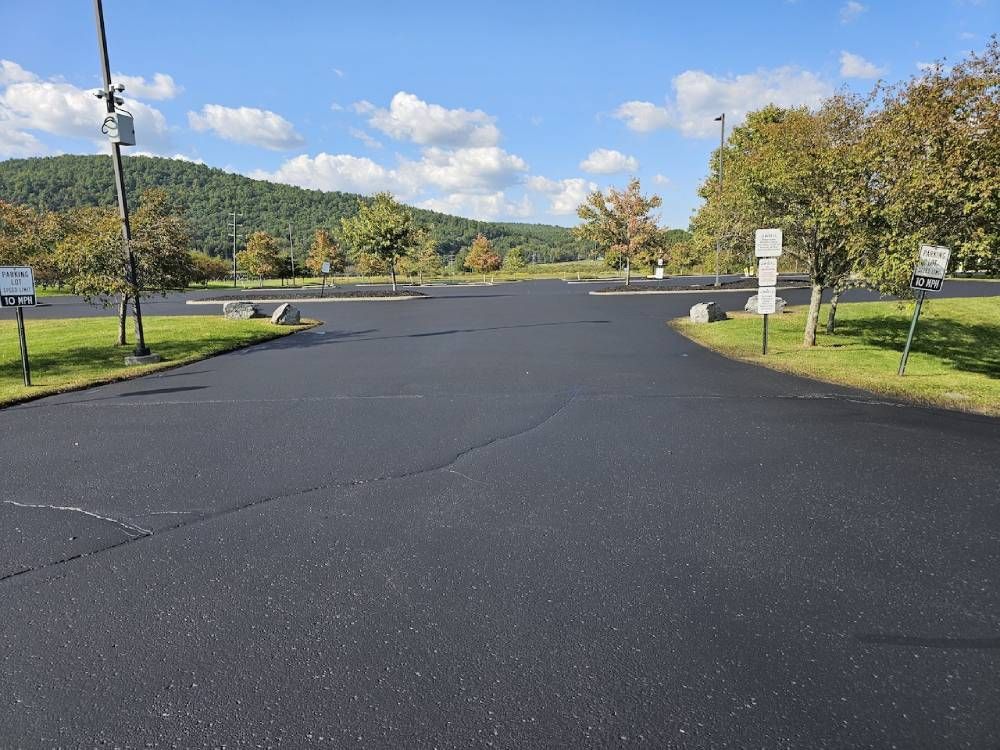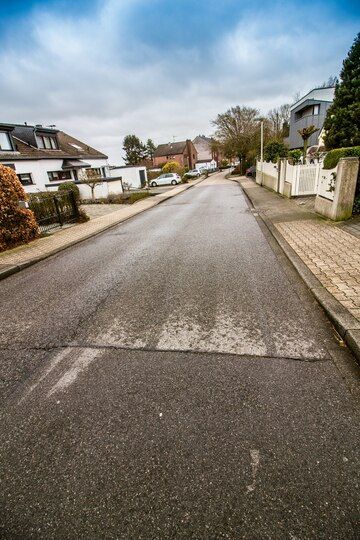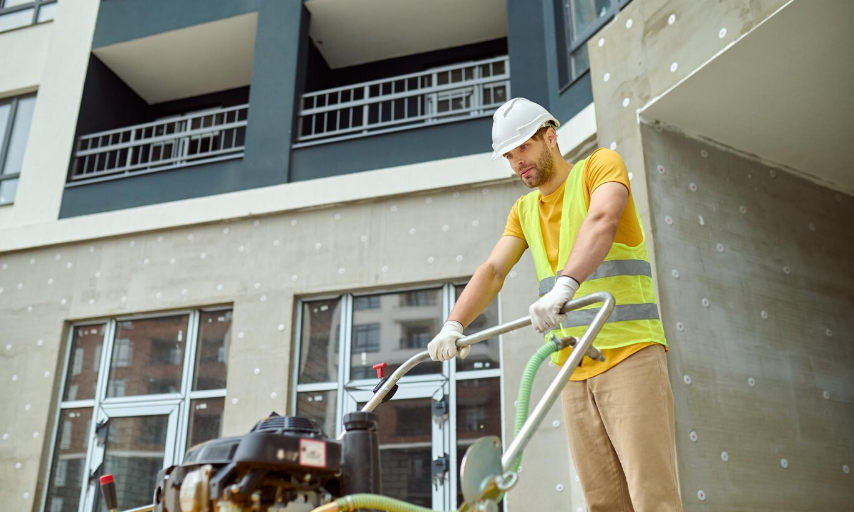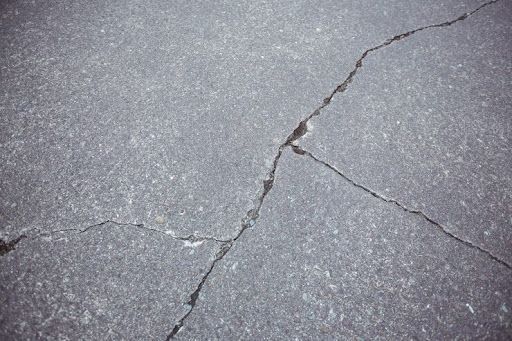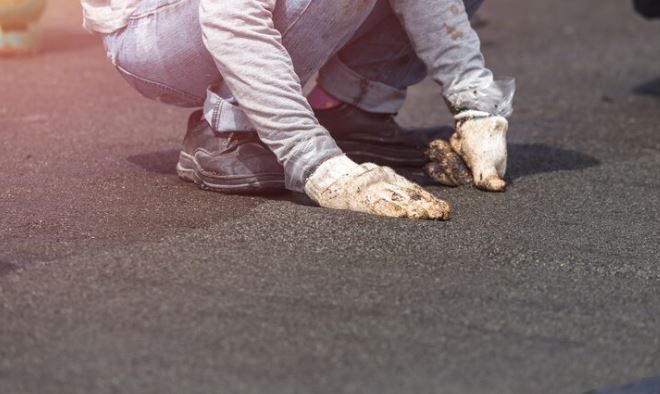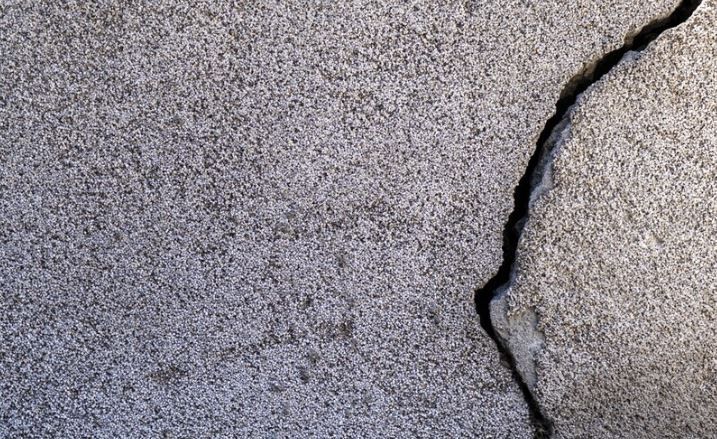How to Get Cold Patch Asphalt to Harden
Cold patch asphalt is a popular choice for fast cracks and potholes. The cold patch is an excellent alternative to standard hot asphalt for smaller projects or homes because it doesn't require heating for application. The key to a long-lasting repair, though, is making sure the
asphalt patch hardens correctly.
Cold Patch Asphalt: What Is It?
Asphalt and gravel are combined to create cold patch asphalt, a material ready for use.
No heat is required for its curing or bonding, making it perfect for roads and parking lots that need minor repairs.
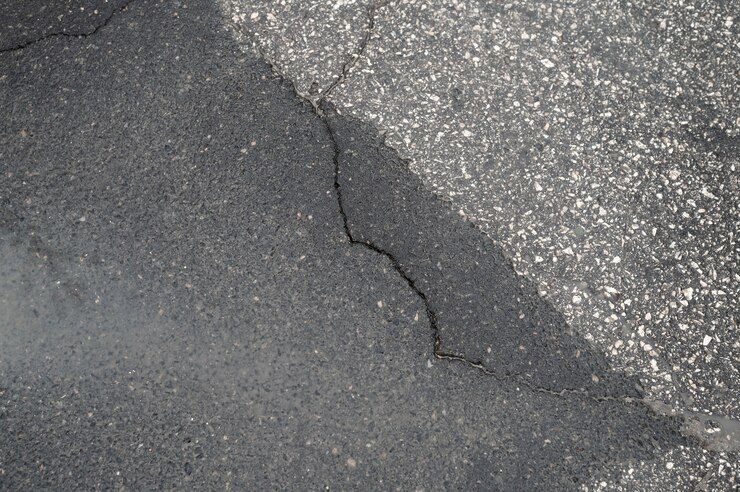
Problems caused by the cold patching of asphalt
Despite cold patch asphalt's ease of use, getting it to solidify correctly can be a challenge at times because of:
- Insufficient Compaction: The patch could stay loose and vulnerable to additional damage if insufficient compaction.
- External Factors: The hardening process can be slowed down by frigid temperatures or an abundance of moisture.
- Repair Depth: Cold patch layers that are too thick could take longer to cure than thinner ones.
Methods for Setting Cold Patch Asphalt: A Comprehensive Guide
- Patch Up the Damaged Spot: First, get rid of any dirt, debris, or standing water in the pothole or cracks. Make sure the area is clean before planting the patch using a shovel or broom.
- Using Layers to Fix Deep Damage: Use multiple coats of the cold patch if the repair depth is over 2 inches. Before adding the following layer, make sure to compress it completely.
- Give It Some Time to Cure: Compaction triggers the setting of cold patch asphalt, but it still needs time to harden completely. The patch will usually solidify in one to two days, though this can vary with traffic and weather.
- Complete the Repair by Capping It Off: Apply a sealer to the repaired area once the patch has cured to prevent water ingress and UV damage.
How to Get It Harder Quickly
As the temperature rises, cold patch asphalt hardens faster. Accelerate the hardening process by lightly dusting water over the patch while compaction is underway. To ensure the patched area has had enough time to cure, you should not drive heavily over it for at least one day.
Cold Patch Asphalt Benefits
- Ease of Use: It does not require heating or other special equipment and is ready to be used.
- Minimal Outlay: A budget-friendly option for minor repairs.
- Flexibility: Works well in a wide range of environments.
Repairing potholes and cracks and with cold patch asphalt is a practical and efficient solution. However, appropriate preparation and compaction are of the utmost importance to ensure durability. If you want a repair that will last and restore your pavement to its original condition, follow these procedures.
